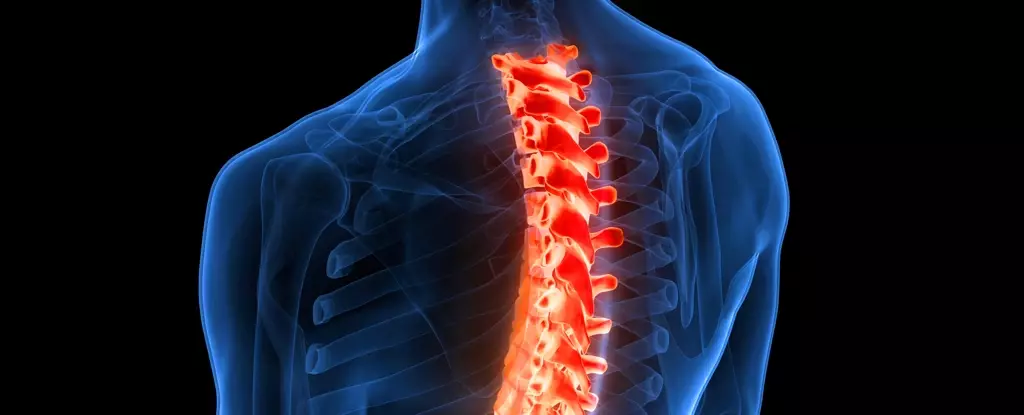The spinal cord, often overlooked in comparison to the brain, plays a crucial role in motor learning and memory. While traditionally believed that these functions were solely confined to the brain, recent research has shown that spinal nerves also play a significant role in memorizing responses to potential threats. The diverse populations of neurons found in the spinal cord are capable of adapting and learning, shaping individual needs in locomotion or withdrawal from pain as an individual develops.
Within the spinal cord, nerves can be broadly categorized into two main types – sensory neurons and motor neurons. Sensory neurons, known as dorsal neurons, carry sensory information, while motor neurons, known as ventral neurons, control motor responses. Inhibitory neurons within each category act as regulators, coordinating sensations and movements on behalf of the brain. The collaboration between these different classifications of spinal cord tissue is essential for learning novel responses long after the nerves have matured.
Research on Spinal Cord Learning
A study conducted on transgenic mice by researchers from the VIB-Neuro-Electronics Research Flanders in Belgium has shed light on how spinal nerves memorize responses to stimuli. By subjecting mice with transected spinal cords to stimuli and observing their responses, the researchers were able to identify the role of specific genes expressed in spinal nerves in the learning process. The experiments conducted on mice placed in harnesses and subjected to mild electric shocks revealed the plasticity of the spinal cord’s ability to learn and retain new responses.
Understanding how spinal nerves can adapt and respond to environmental changes throughout life has significant implications for medical research. By unraveling the mechanisms that govern spinal cord plasticity, researchers hope to develop new treatments for nervous system damage in humans. Insights gained from studies on spinal cord learning could pave the way for enhancing recovery after spinal cord injuries and improving movement automaticity in healthy individuals.
The intricate interactions between different types of nerve cells within the spinal cord play a vital role in motor learning and memory. While the brain is the ultimate authority in controlling movement, the spinal cord’s ability to adapt and learn new responses independent of the brain’s influence is a fascinating discovery. Further research into the mechanisms that underlie spinal cord plasticity could revolutionize the treatment of nervous system injuries and enhance our understanding of movement control in both healthy and injured individuals.


Leave a Reply